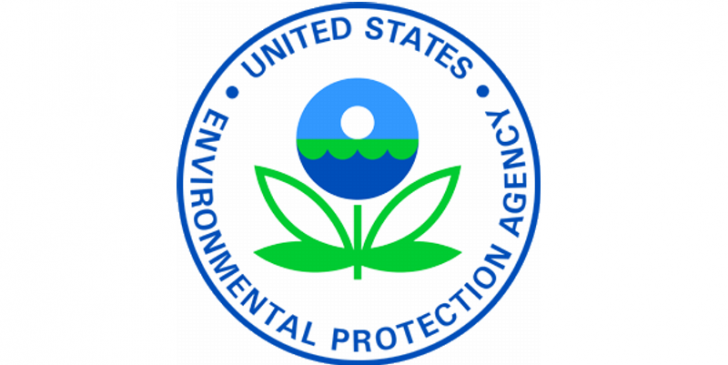Proposed reporting and recordkeeping for nanomaterials in the U.S.

On March 25, the U.S. Environmental Protection Agency (EPA) proposed one-time reporting and recordkeeping requirements for nanoscale materials. While some shareholders consider the proposed rule overdue, it is almost certain that during the 90 day public comment period, it will also receive a lot of comments due to its potential impact. Moreover, the many exceptions to the rule are likely to intensify a lively discussion about it. If the proposed rule is to enter into force it will be the first generic and legally binding nano-specific regulation in the U.S. Previous attempts to establish such have petered out.
The proposed rule would require companies that manufacture or process (or intend to manufacture or process) chemical substances in the nanoscale range to electronically report information, including the specific chemical identity, production volume, methods of manufacture, processing, use, exposure and release information, and available health and safety data to EPA. It would apply to chemical substances that have unique properties related to their size. The proposed rule contains exclusions for chemical substances in the nanoscale range that would not be subject to the rule.
EPA states that there is a growing body of scientific evidence showing the differences that exist between some chemical substances manufactured at the nanoscale and their non-nanoscale counterparts. Nanoscale materials may have different or enhanced properties that could raise new questions, such as whether the material in the smaller form may present hazards to humans and the environment.
In the published factsheet, EPA explicitly states that this proposed rule is not intended to conclude that nanoscale materials as a class, or specific uses of nanoscale materials, are likely to cause harm to people or the environment. Rather, EPA would use information gathered through this reporting rule to determine if any further action under TSCA, including additional information collection, is needed.
Currently, EPA reviews new chemical substances manufactured or processed as nanomaterials prior to introduction into the marketplace to ensure that they are safe. EPA also is developing scientific methods to study and evaluate unique properties of these substances and how nanoscale materials behave during manufacturing, product use, and end-of-life disposal.
After the comment period, lasting 90 days, EPA will review and consider the comments before issuing any final rule. EPA also anticipates a public meeting during the comment period to obtain additional public input.
Source: U.S. Environmental Protection Agency (Consumer Fact Sheet: Nanoscale Materials)
Bildquelle: U.S. EPA